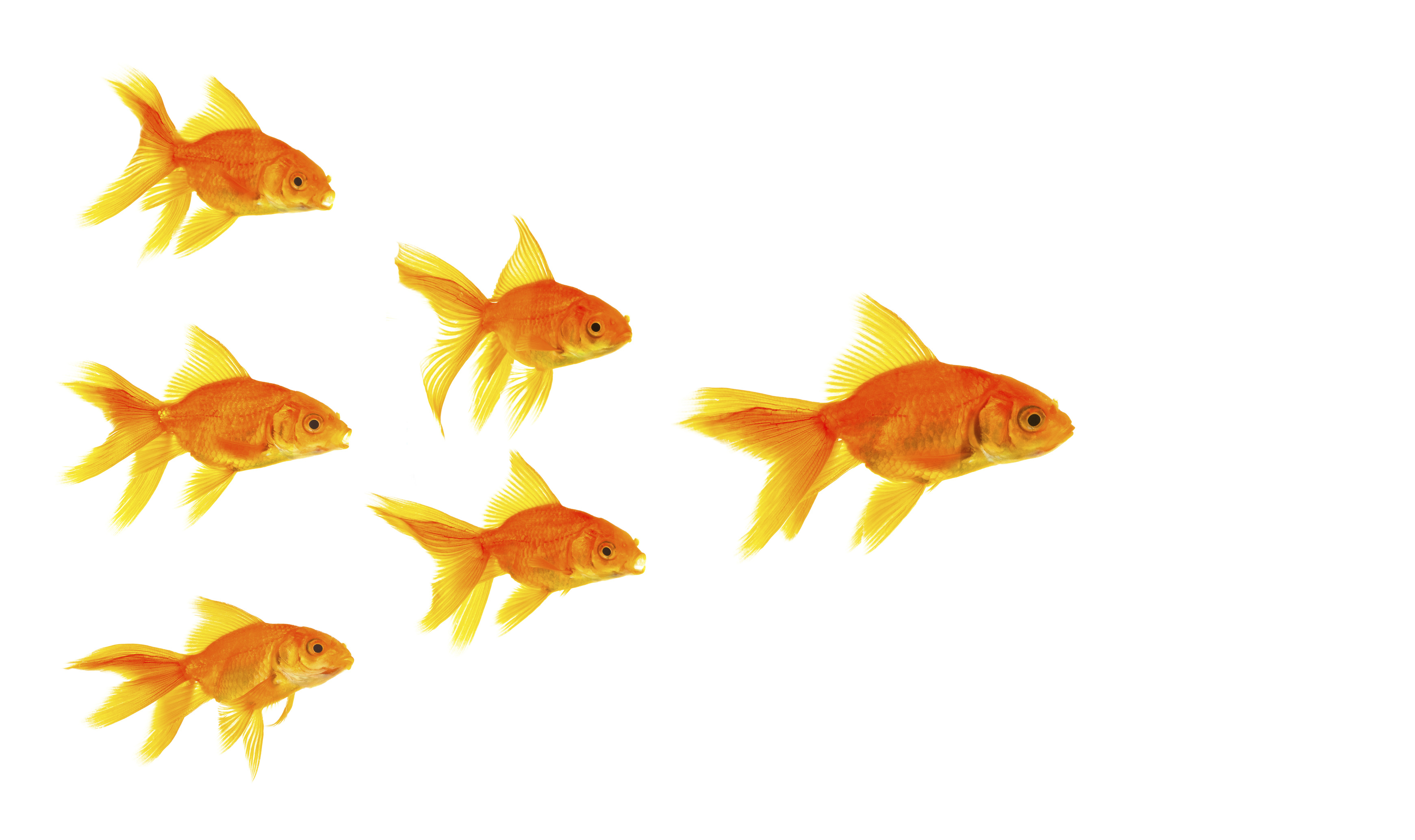Have you ever worked at a large company or organization prior to government? If so, you’ve probably experienced the complexity of vast human resources departments. At many companies or private organizations, they’ve got it down to a science – recruiting, application, interview processes, and onboarding – it all happens seamlessly.
The government is the largest employer in the United States, which means that human resources offices have a heck of a job. There are a lot of different departments and sections within large government organizations, and HR systems tend to be fractured and inefficient in the private sector. Wouldn’t it be so much easier to centralize and simplify the system?
The U.S. Department of Agriculture (USDA) has attempted to do just that. Indu Garg, Director of Enterprise Systems at USDA, sat down with Christopher Dorobek for the podcast DorobekINSIDER to discuss their systematized and innovative HR program called One USDA.
So what exactly is One USDA? It is basically a standardized HR system that spans the entire agency. “One USDA does consolidation, streamlining, and standardization of all human resource enterprise systems across USDA,” Garg explained.
And this is no small feat. According to Garg, USDA is a large and complex agency, meaning that HR’s IT systems were once a huge drain on time and money. “We have thirty different staff offices and agencies that use over two hundred [IT] systems. And that was a big challenge, to be able to bring them down to a manageable number,” he said. It started off at two hundred, but now it’s all the way down to roughly twenty, and they hope to bring it to five eventually.
According to Garg, One USDA should be treated as an inspiration to other government agencies. It’s a common misconception that different departments and agencies have unique needs that can’t be met by a single, standardized HR program.
“A DHS agency thinks, Oh, I need to do my business differently. But really we don’t need to,” he stated. “The solution that we’ve put forth actually is totally transferrable and scalable. It’s not something specific to USDA.”
According to Garg, the idea behind their initiative wasn’t particularly complicated. What they did was to employ a model provided by the Office of Personnel Management (OPM) to design their HR system.
There are huge rewards from doing this kind of restructuring and standardizing, including improved data collection. According to Garg, a centralized HR system provides a slew of in-house data that allows for new opportunities to improve hiring structures.
“Do you want to slice and dice the data by grade, by series, or by diverse backgrounds? Having all of that captured in the one system means that you can look at it entirely across USDA,” he explained.
Also, it speeds up the whole hiring process, Garg reported. This provides for a much more attractive offer for workers looking to start ASAP, so you’re able to attract more talent.
So, how should other organizations begin to implement similar initiatives? Rely on the program that’s been developed by One USDA already, suggested Garg. Don’t try to reinvent the wheel when the whole point is that what works for one works for all. It’s not copywrited – so go ahead and be the copycat.
At the end of the day, it’s such a simple message – less is more. In an era where innovation often means heavy doses of technology and complexity, One USDA is a breath of fresh air that reminds us that sometimes simplicity is the way to go.





These days, there seems to be an impetus to claim that something complex can be made simple. However, complex is complex for reason. This is the case when it comes to HR for USDA.
To claim that USDA one simplifies the matter, expresses that the folks that got involved in this do not understand the complexities of the matters of running 27 different agencies. We are all different. One size does not fit all.
Yes, agencies are varied but the means of administering them need not be as complex as the situation has become. Best practices cannot become such for a department without efficient administration. The hoarder may rightly think that each possession could serve a unique purpose but the energy to entertain all of the goods creates a slavery that robs time, talent, and money. While one size may not fit all situations, less will improve function.